Equipment Justification Letter Template Guide
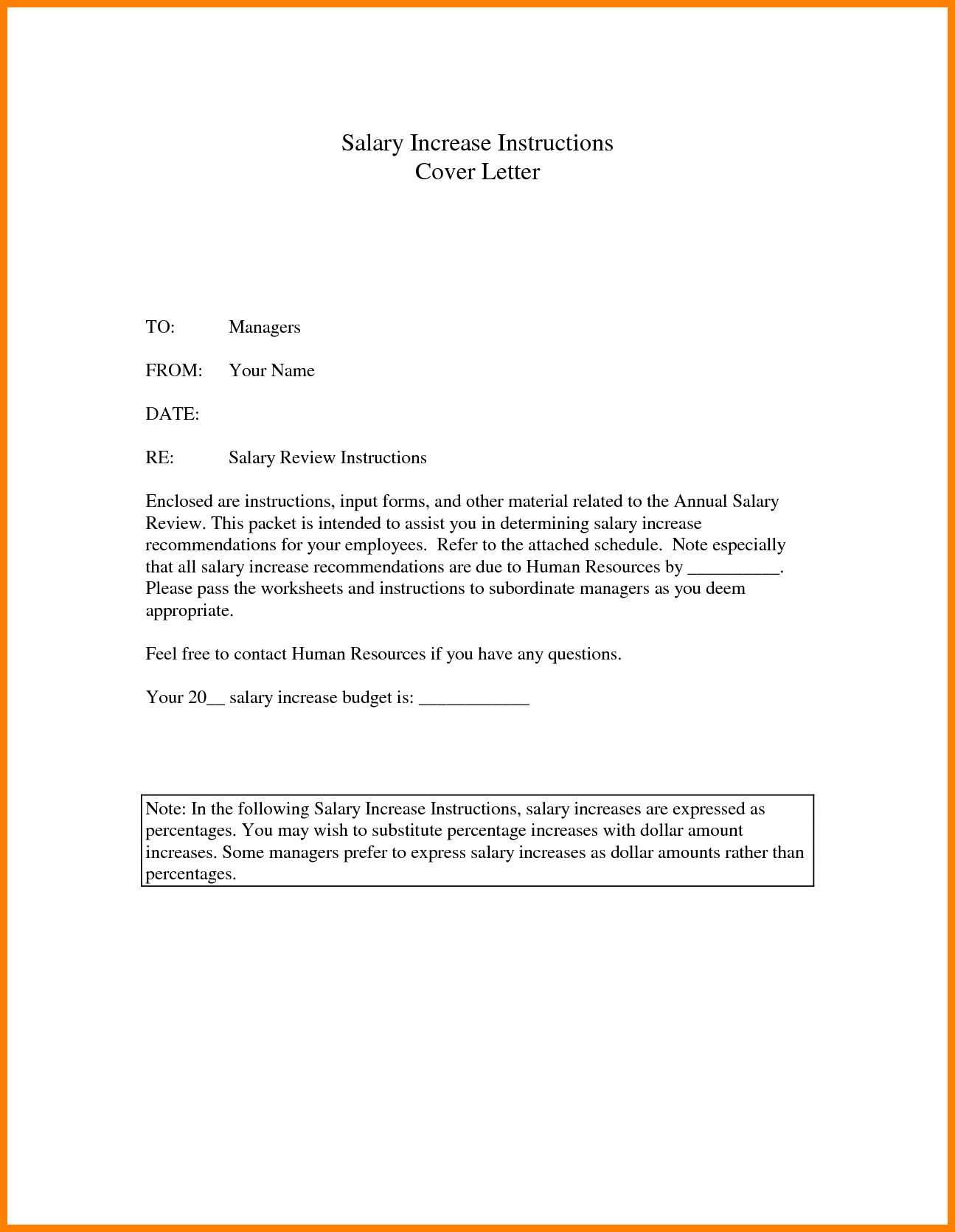
In any professional setting, there comes a time when it’s necessary to present a formal request for the approval of essential tools or resources. These requests often need to be clear, compelling, and well-supported to ensure a higher chance of success. By drafting a well-structured proposal, you can effectively communicate your needs and show how acquiring these resources will contribute to achieving business goals.
Writing a persuasive request involves more than just listing what is needed. It requires explaining the rationale behind the request, demonstrating its importance, and aligning it with the broader objectives of the team or organization. Whether for new technology, materials, or other support, presenting a strong case is key.
Making your case effectively means outlining the benefits, addressing potential concerns, and ensuring that your request is seen as a valuable investment. With the right approach, you can increase the likelihood of obtaining approval for the necessary resources.
Why You Need an Equipment Justification Letter
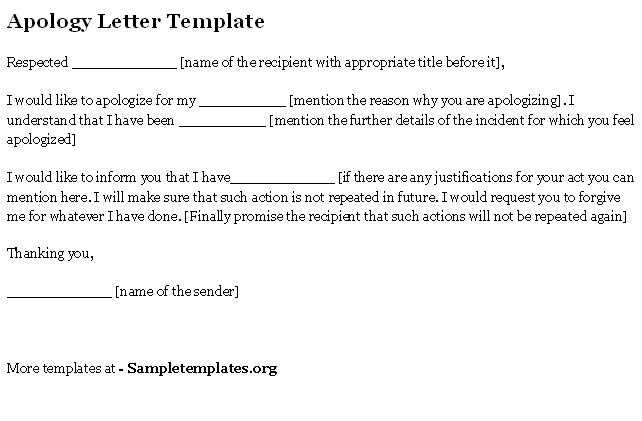
When requesting approval for important tools or resources in a professional environment, it’s essential to present a strong and well-structured case. A formal document helps convey the need for the requested items clearly and persuasively, increasing the likelihood of receiving approval. Without such a document, your request may lack the necessary details and context to be taken seriously.
Benefits of Creating a Formal Request
- Provides a clear explanation of the need.
- Demonstrates the potential value to the organization.
- Shows how the requested resources align with company objectives.
Why This Approach is Important
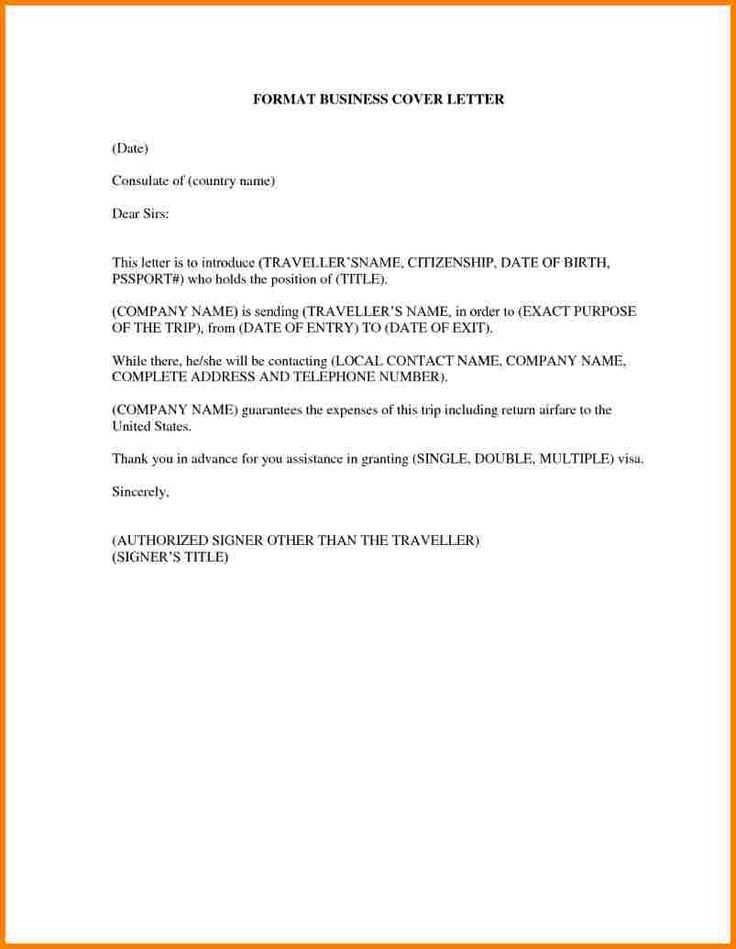
A well-crafted proposal serves as a formal record, helping to avoid misunderstandings or confusion about the request. It allows decision-makers to evaluate the necessity of the items and their expected impact on the team or business. Furthermore, it helps you justify your decision and ensures that the proposal is seen as well thought out and professional.
Key Elements to Include in Your Letter
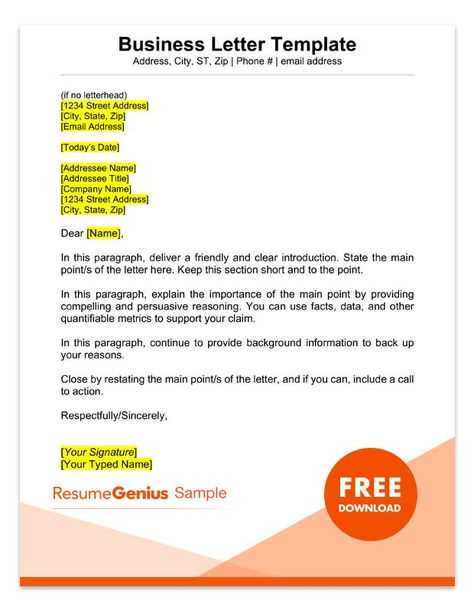
When preparing a formal request for necessary resources, it’s crucial to include certain components that will ensure the proposal is clear, convincing, and professional. These elements serve to highlight the importance of the request and explain how it will benefit the organization or team. Without them, the request may not carry enough weight or provide adequate information for decision-makers to evaluate.
Essential Details to Mention
- A clear statement of the resources being requested.
- An explanation of how the resources will enhance productivity or support goals.
- Justification for the timing of the request, if applicable.
Additional Supporting Information
- Cost estimates and potential budget considerations.
- Comparison with other available options, if relevant.
- Specific outcomes or results expected from the acquisition.
Steps to Write a Strong Request
Creating a compelling request involves a clear and methodical approach that ensures all necessary points are addressed. Each step should be carefully executed to present your case in the most persuasive and professional way possible. A structured approach increases the chances of your proposal being approved.
| Step | Description |
|---|---|
| 1. Define Your Need | Clearly explain what is required and why it’s necessary for achieving business goals or improving efficiency. |
| 2. Provide Supporting Details | Offer relevant data, comparisons, or examples that help underline the importance of the request. |
| 3. Explain the Benefits | Outline how acquiring the requested items will improve productivity, save time, or contribute to other key objectives. |
| 4. Address Potential Concerns | Anticipate any concerns or questions and provide clear solutions or explanations to reassure decision-makers. |
| 5. Be Clear and Concise | Avoid unnecessary details or excessive jargon; keep your request direct and easy to understand. |
How to Align with Company Goals
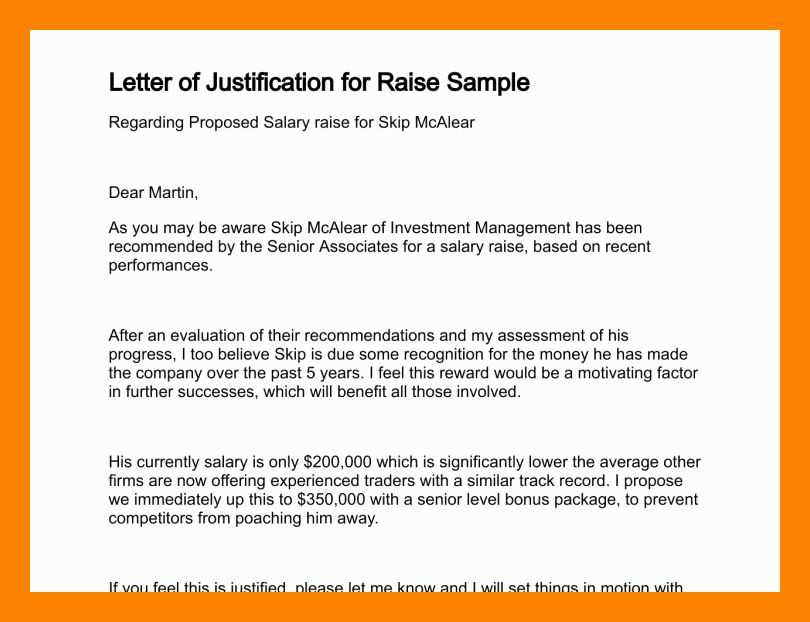
When making a formal request for necessary resources, it is essential to demonstrate how your proposal aligns with the broader objectives of the company. By connecting your request to organizational goals, you increase its perceived value and show that it is a strategic investment. Decision-makers are more likely to approve requests that support the long-term vision of the business.
Start by understanding the company’s core objectives and how your request can contribute to achieving them. Whether the goal is increasing efficiency, improving customer satisfaction, or enhancing innovation, highlighting these connections will make your proposal more compelling. Additionally, showing how the requested resources can help achieve specific milestones or improve key performance indicators will reinforce the value of your request.
Common Mistakes to Avoid in Your Letter
When drafting a formal request for approval, it’s important to avoid common errors that can undermine the effectiveness of your proposal. Small mistakes can make your request seem less professional or less convincing, reducing the likelihood of approval. Being aware of these pitfalls can help you craft a more compelling and thoughtful request.
One of the most frequent mistakes is lacking clarity or being overly vague about the need and benefits. If your proposal is unclear or doesn’t directly show the value of what you’re asking for, it may leave decision-makers confused or unconvinced. Additionally, neglecting to anticipate potential concerns or failing to provide adequate supporting evidence can make your case appear weak. Finally, using an overly complicated or wordy approach can distract from your main points, making it harder for the reader to follow and understand the core of your request.
Examples of Effective Justification Letters
When presenting a request for the acquisition of resources, it is crucial to provide a well-crafted explanation that clearly outlines the reasons for the need. The following examples showcase how to effectively communicate the purpose, benefits, and necessity of obtaining specific items. These samples offer a strategic approach to convincing decision-makers and ensuring a successful outcome.
Sample 1: Justifying the Need for New Technology
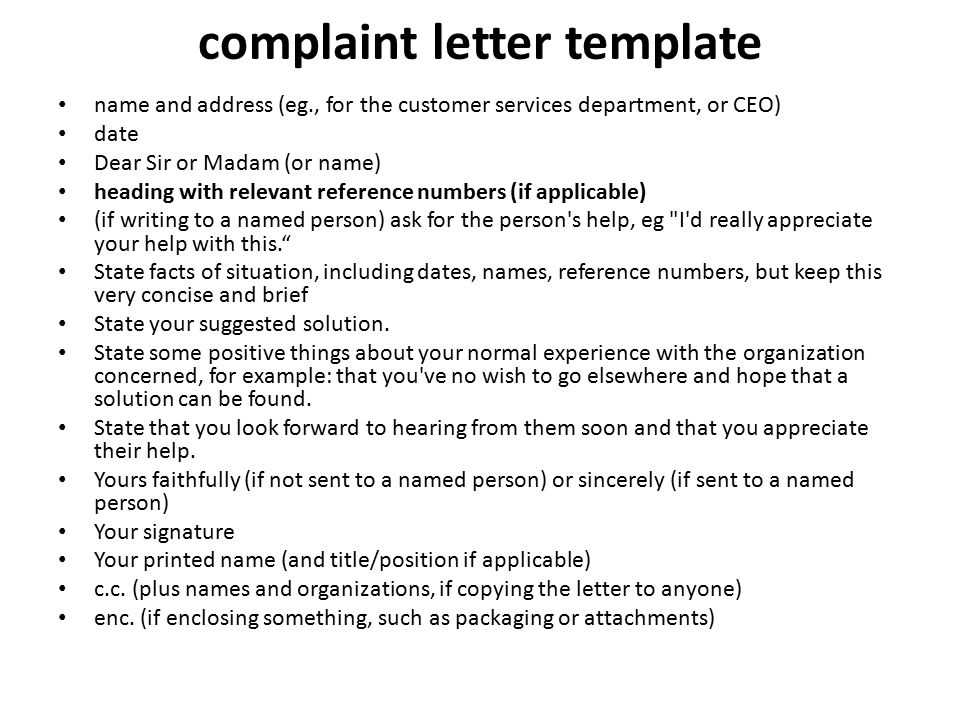
In many cases, upgrading existing systems or introducing new tools can significantly improve productivity and efficiency. A well-written explanation should emphasize the challenges with current tools and how the proposed option can solve those problems. Clear comparisons, cost benefits, and alignment with organizational goals should be highlighted to demonstrate the long-term value of the acquisition.
Sample 2: Request for Additional Resources for Expansion
As businesses grow, the demand for additional resources becomes inevitable. An effective request in such a scenario should focus on the expanded requirements and the impact on overall performance. Emphasizing the scalability of the requested items and how they will support continued success is key to gaining approval for the addition of necessary resources.
How to Format Your Equipment Request
Properly organizing your request is essential to ensure clarity and effectiveness. A well-structured document will provide a compelling case for your proposal and help the reader easily understand the reasons behind the need. Follow these key steps to ensure your request is both comprehensive and professional.
- Start with a Clear Introduction: Briefly explain the purpose of your request and what you are seeking.
- State the Need: Outline the specific challenges or limitations that the current setup presents and why new resources are required.
- Provide Supporting Details: Include facts, figures, and examples that demonstrate how the new items will improve efficiency or address key needs.
- Highlight Benefits: Focus on the advantages, such as cost savings, productivity gains, or enhanced capabilities.
- End with a Conclusion: Summarize the importance of the request and express your willingness to provide further details if needed.
Organizing the request into clear sections with concise explanations will not only make your case stronger but also facilitate a smooth review process for the decision-makers involved.